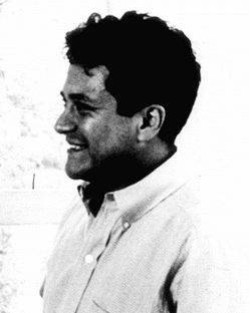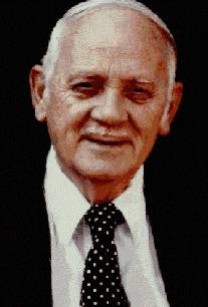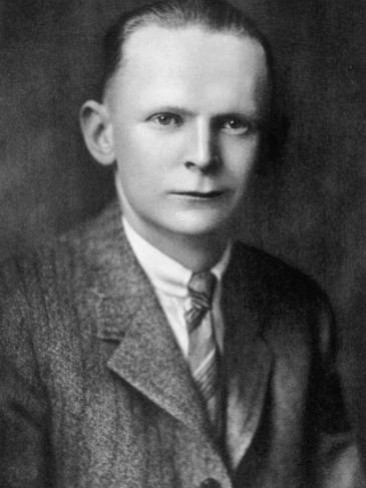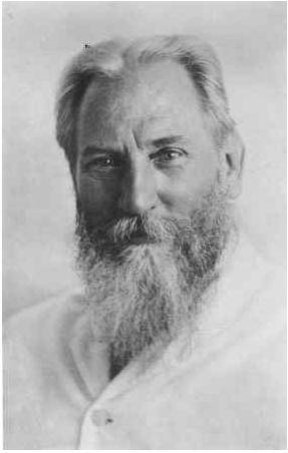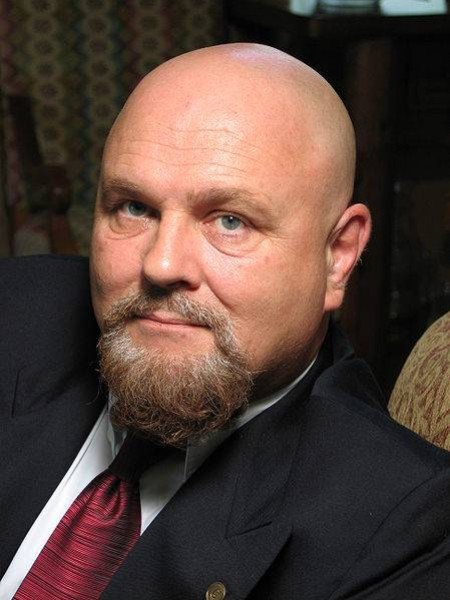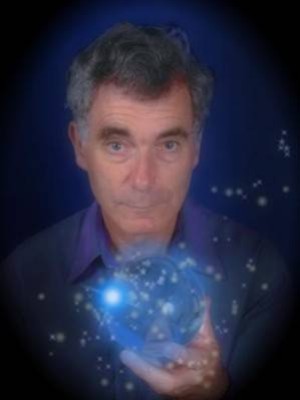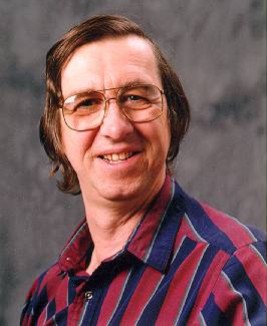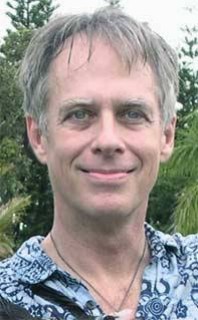
Stephen LaBerge has made the largest scientific contribution to the study of phase states. It suffices to say that LaBerge was the first in the world to prove during a fullfledged scientific experiment that it is possible to become conscious while dreaming This was done through logging specific signals made with the eyes by a person dreaming while sleeping under measurement instruments. These experiments also proved that eye movement in the physical body and perceived body are synchronous.
Lucid Dreaming, first published in 1985, is LaBerge'smost well-known book. Exploring the World of Lucid Dreaming, a book that LaBerge wrote with Howard Rheingold, was published in 1990. It was mainly thanks to the efforts of LaBerge that mind-machines for achieving dream consciousness were created, such as DreamLight, NovaDreamer, and DreamMaker.
The key feature of LaBerge’s work and achievements is an absolutely pragmatic approach to the nature of the phenomenon. Arguably, he is one of the few authors and researchers totally lacking in irrationality. Everything that can be read and learned from his books is verifiable and accessible for everyone, with no peddling of out-of-this-world superpowers.
